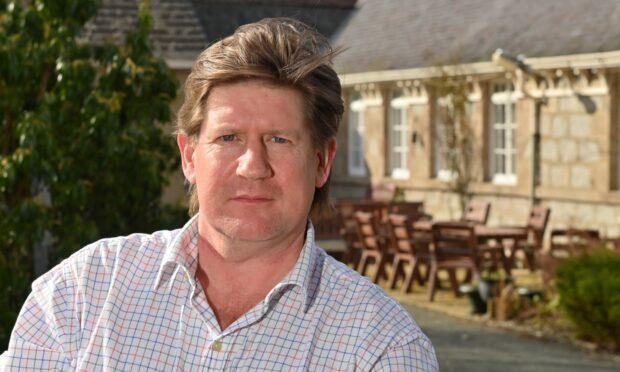As with many mental illnesses, eating disorders are not well understood by our society. They are not fads, phases, or “diets gone wrong”.
Assumptions abound about the sort of people who are affected, and images we see online don’t help address the reality.
While estimates suggest eating disorders affect more than 1.25 million people in the UK, the true figure could be far higher.
This is because stigma and misconceptions can make it harder for people and their families to seek support in the first place – meaning the illness goes on for longer and recovery becomes a much more difficult process.
These illnesses require urgent care before they become so entrenched that hospitalisation is needed to save a life.
Eating disorders do not discriminate and we need to break down the barriers to early support, regardless of background or geography.
Representing a rural constituency and replying to correspondence from affected families, I was shocked by how little has been done in Scotland to extend services away from cities.
For example, one constituent had never received a home visit from a specialist in three years, as per clinical guidance, despite a fear of being observed on a webcam, or indeed leaving the house.
In March the Scottish Government set out a “vision” for how services could look in the next five years, and there is much to commend if investment in equal geographic distribution comes true.
However, there is still no commitment to treatment times beyond the standard 18 weeks in Scotland.
In England last year, all “routine” cases in children and young people were to be seen within four weeks and all “urgent” cases within one week.
While that was understandably a difficult target during the pandemic, progress to 80% and 90% showed that it is achievable.
And there is still more to do for those who aren’t covered by those targets.
Despite the fact one in 10 eating disorder sufferers is male, it takes men and boys almost three times as long to receive a referral to treatment following their first visit to a GP as a woman.
And hard though it may be to believe, more adults suffer from eating disorders than young people – again, our stereotypes about these illnesses mean older sufferers often go unnoticed.
While we talk frankly about physical problems, we struggle to do the same for mental ones; eating disorders in particular thrive on secrecy, and it is only by bringing them to the forefront of society’s collective consciousness that we can hope to show sufferers they are not alone.
It is OK to speak out, it is OK to ask for help.
Some of the cash is being given to charity Beat, formerly the Eating Disorders Association.
Its helpline is available every day of the year, from 9am-8pm during the week and 4-8pm on weekends and bank holidays.
It can be reached at 0808 801 0677, with its student line on 0808 801 0811 and youth service on 0808 801 0711.
Information on email and web chat support is available at beateatingdisorders.org.uk
